Bonus Cartoon Slideshow
A portfolio of cartoons from the exhibition, “Sketching Their Characters: 150 Years of Political Cartoons,” which runs through Jan. 4, 2009, at the Leonard L. Milberg Gallery in Firestone Library.
A sampler of political cartoons
A portfolio of cartoons from the exhibition, “Sketching Their Characters: 150 Years of Political Cartoons,” which runs through Jan. 4, 2009, at the Leonard L. Milberg Gallery in Firestone Library.


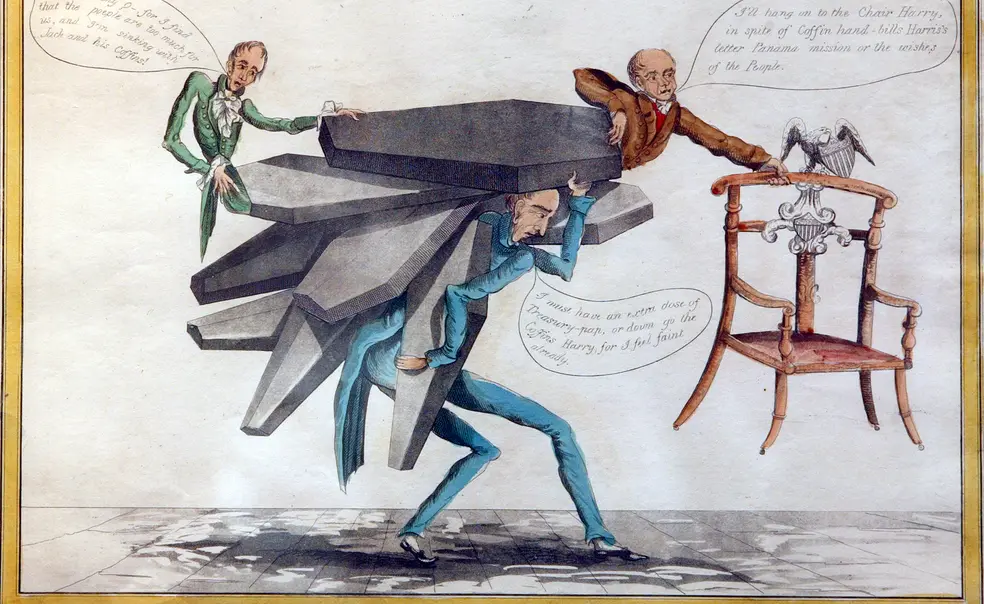
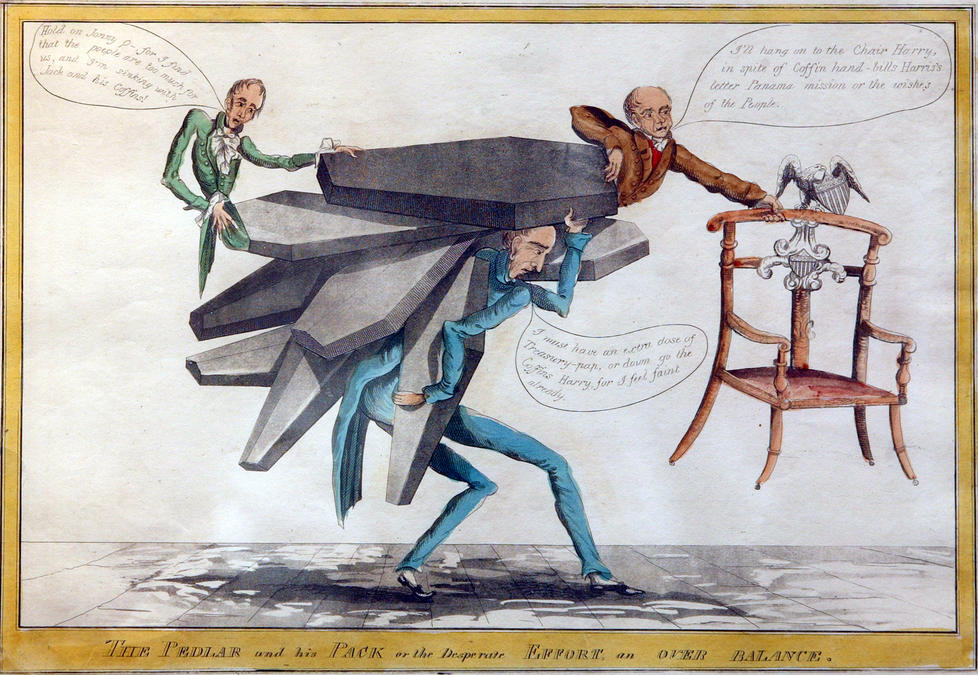
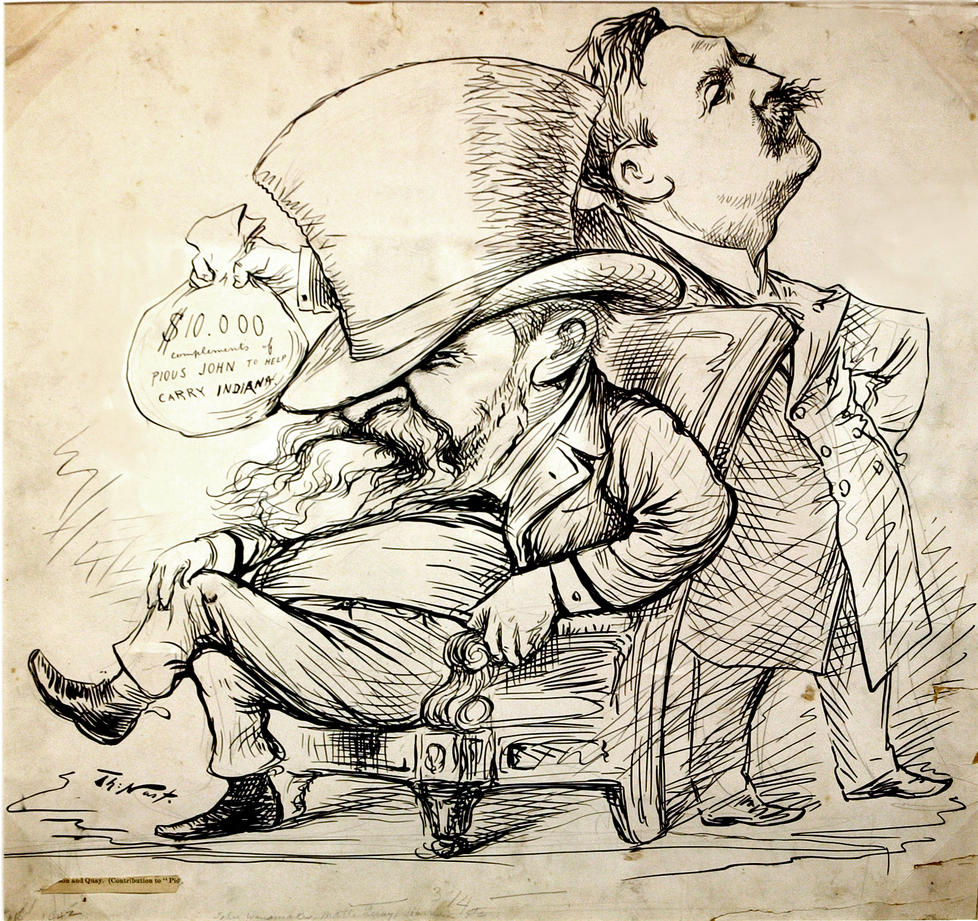
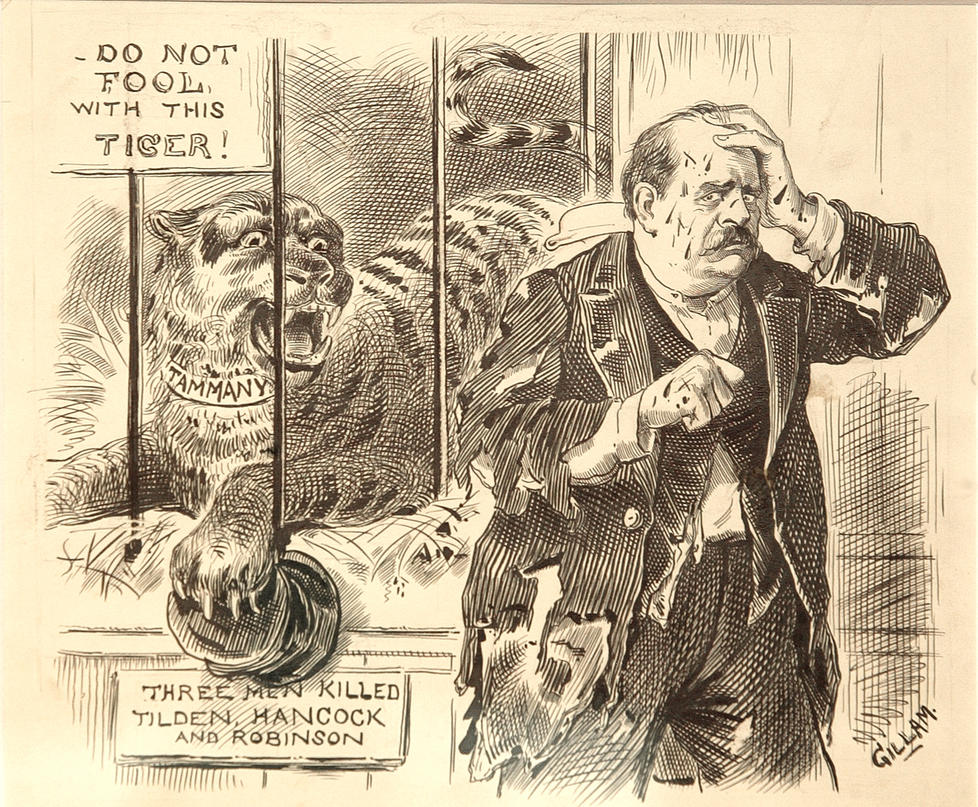
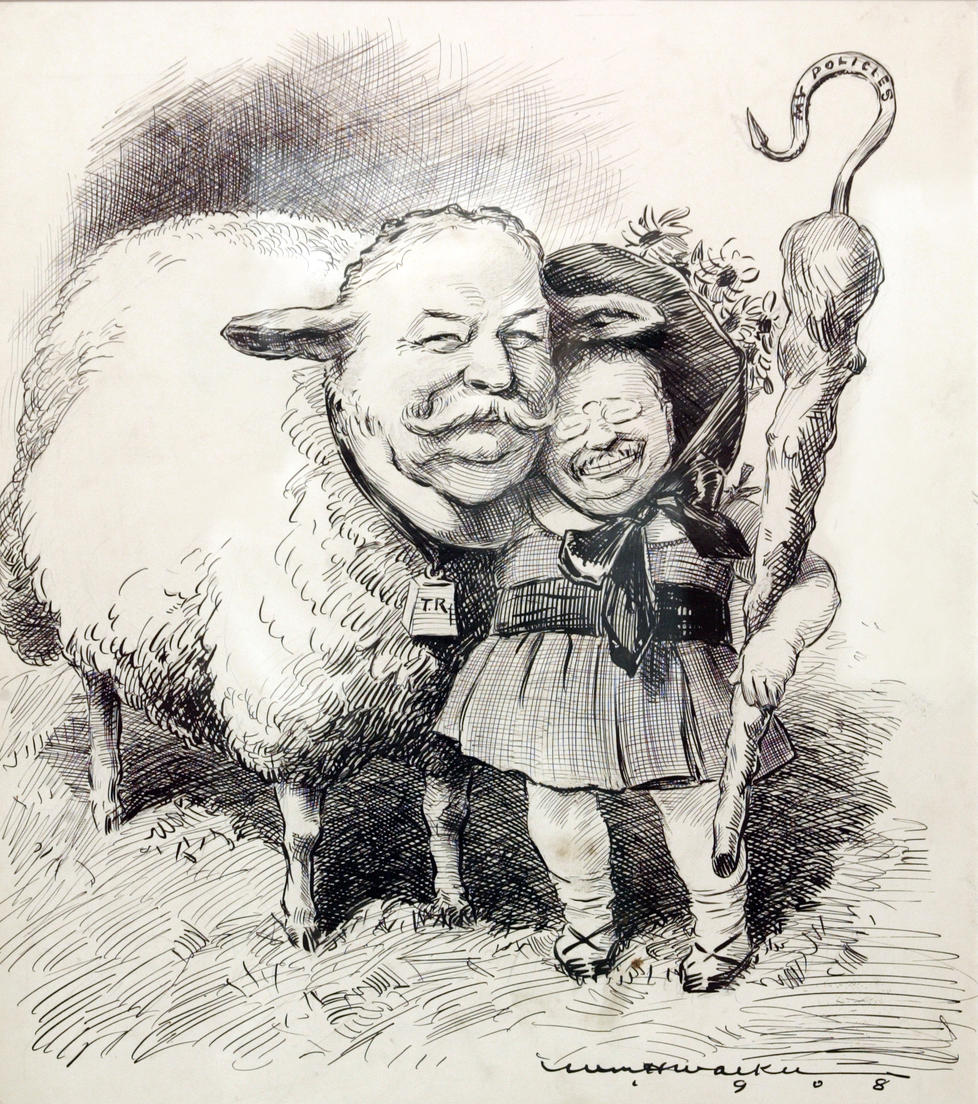
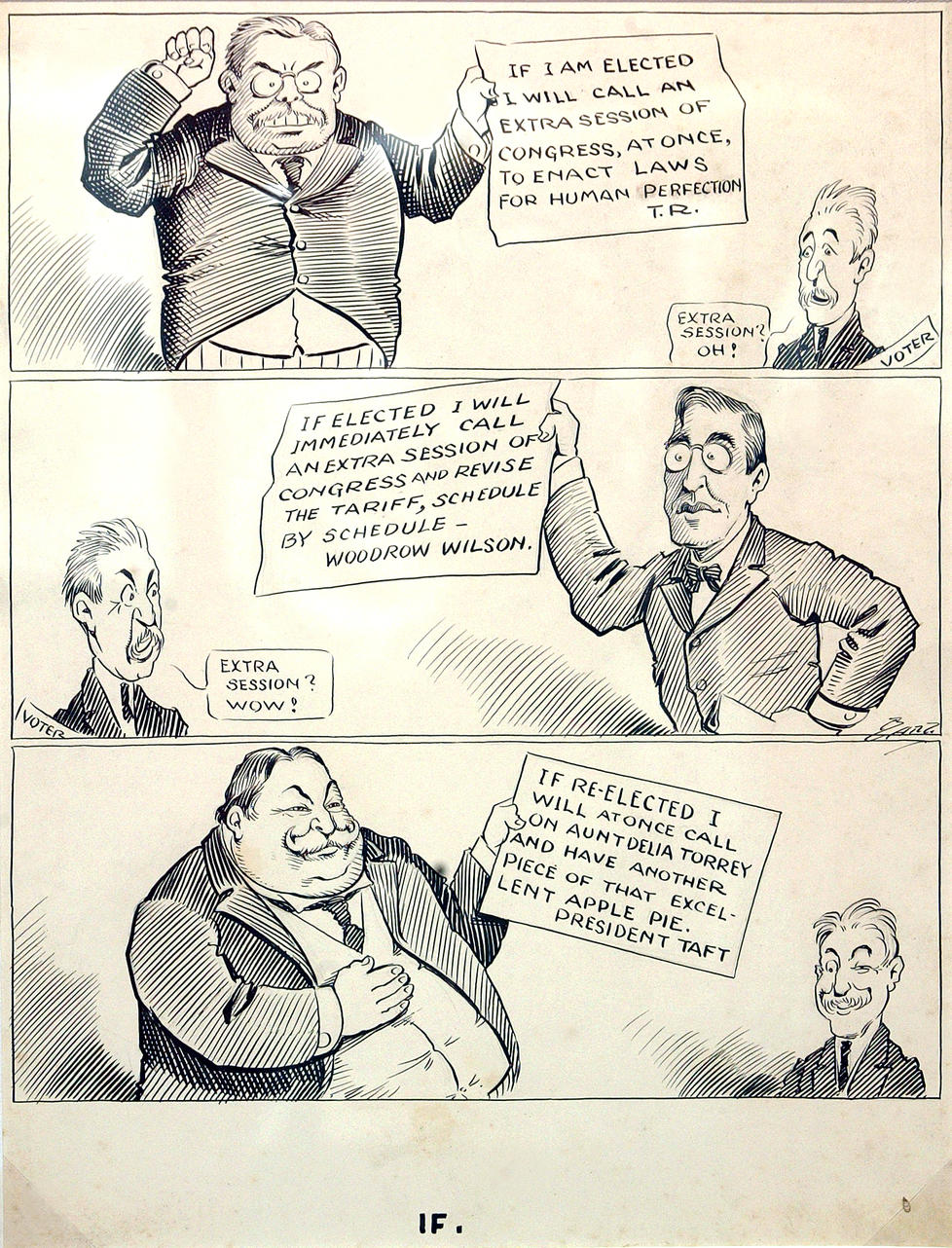

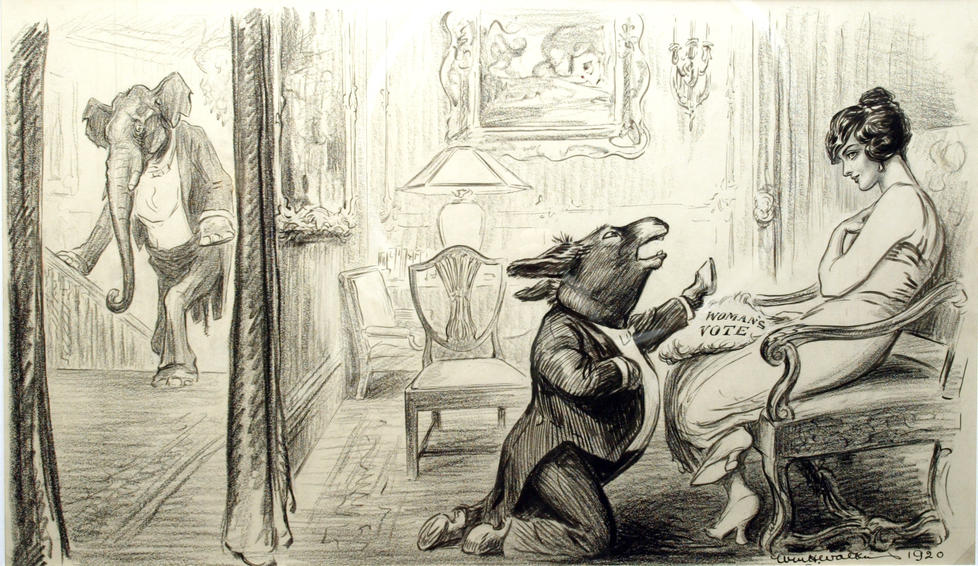
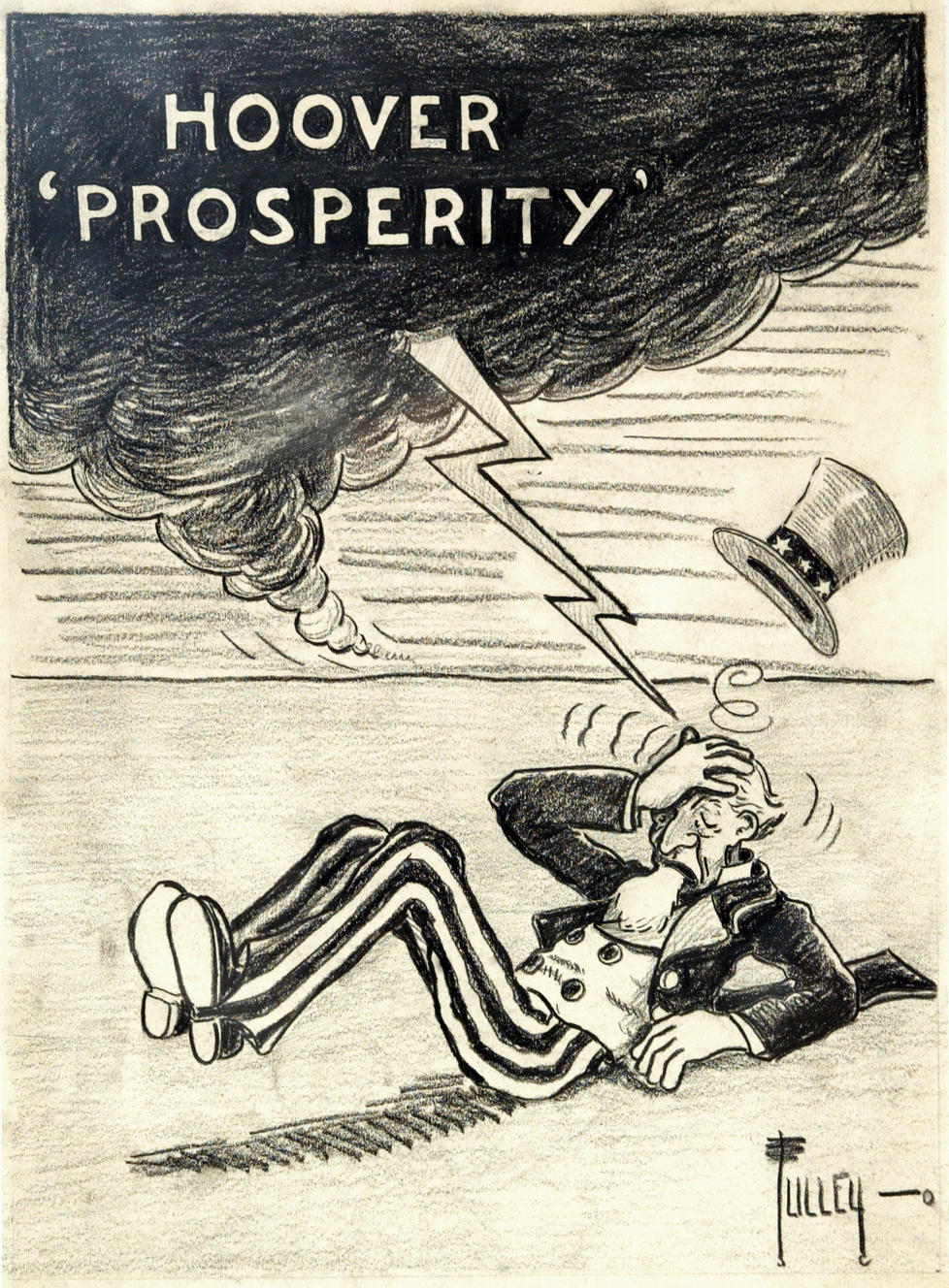
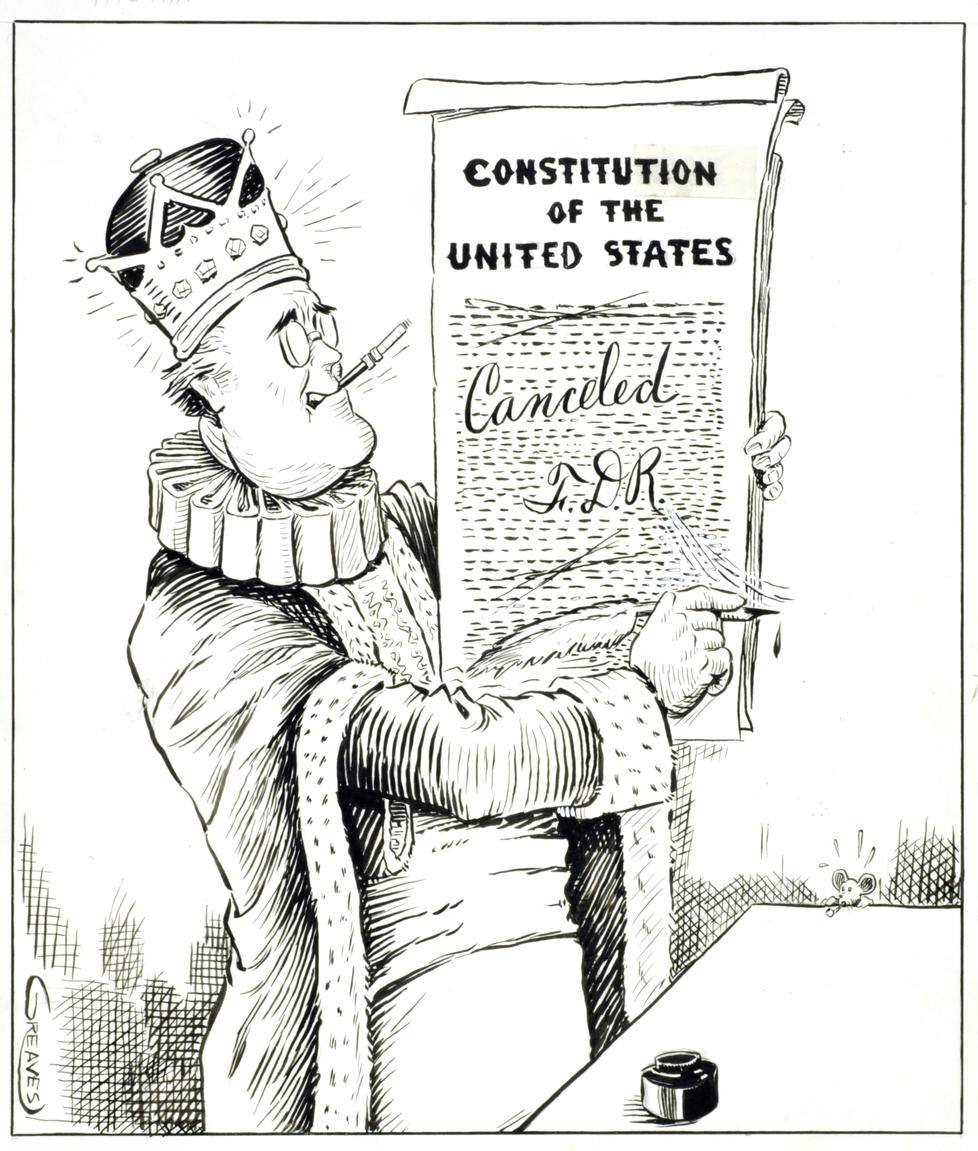
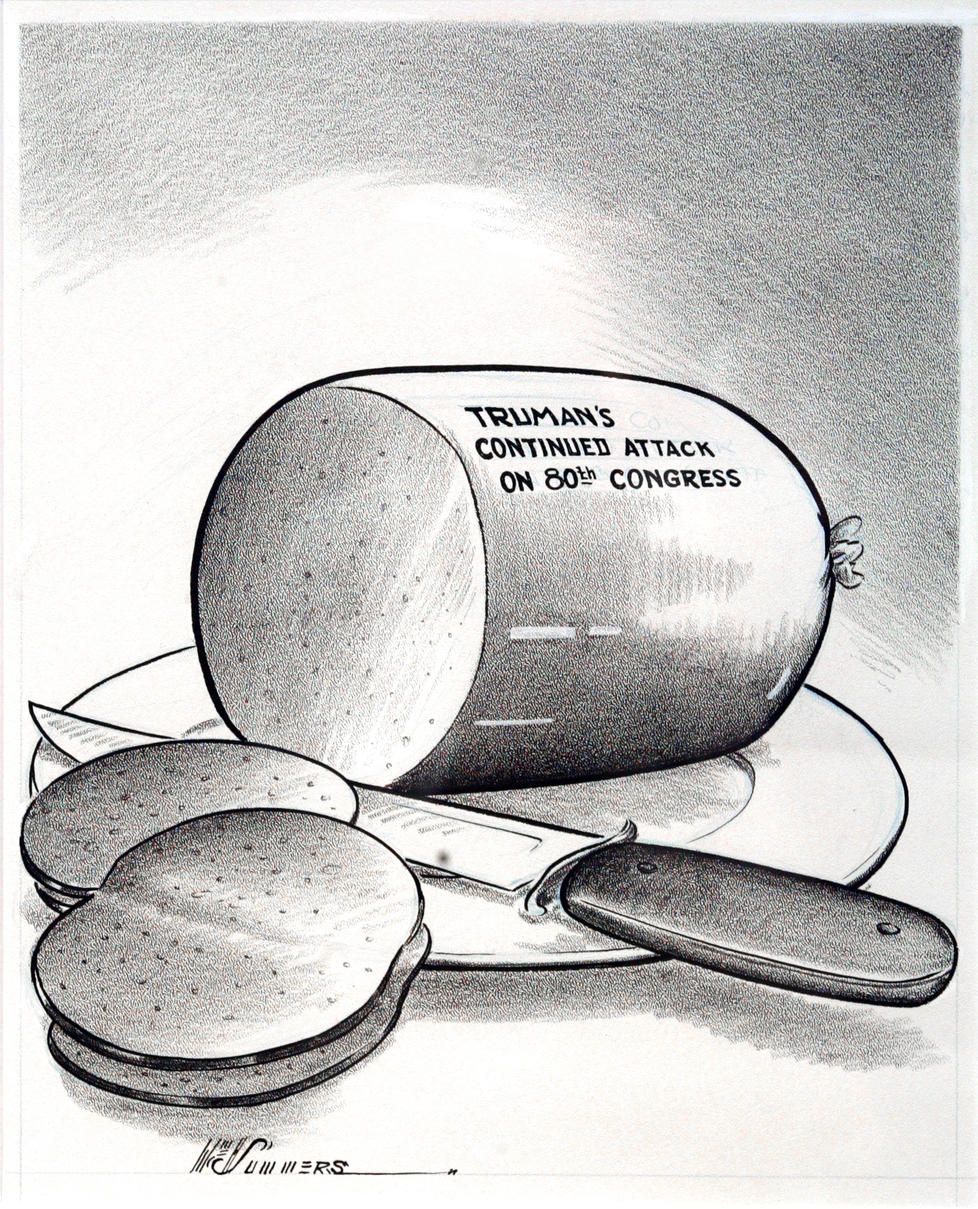










No responses yet